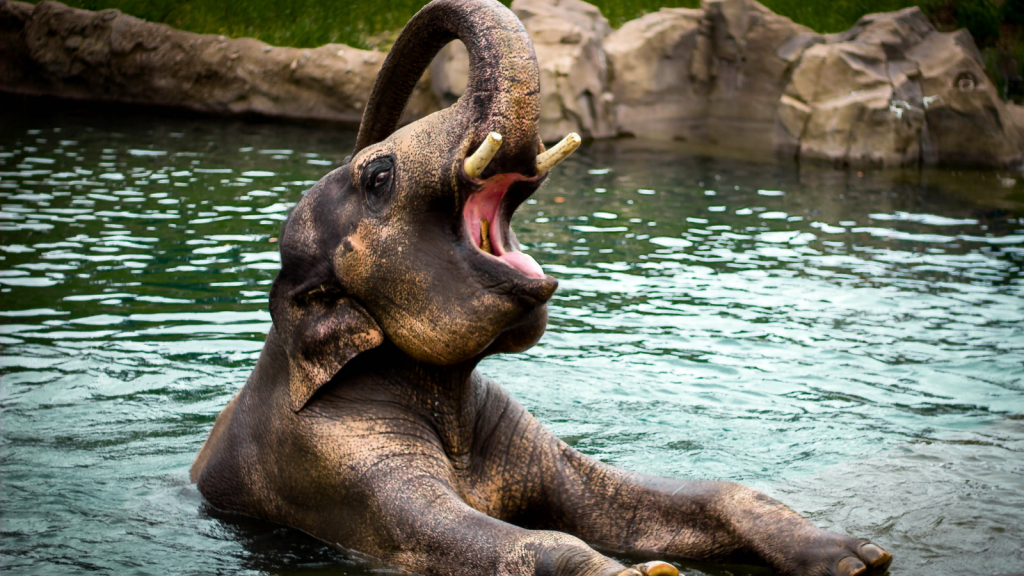When we think of elephants, we often picture these gentle giants roaming peacefully across the African savannah or through Asian jungles. Their massive size and thick skin might make them seem invincible, but the truth is far from it. Despite their impressive stature, elephants face threats from a variety of unexpected predators. From crafty big cats to opportunistic reptiles, these remarkable animals must stay alert to survive. Join us as we explore the fascinating world of elephant predators and discover just how vulnerable these magnificent creatures can be.
Lions
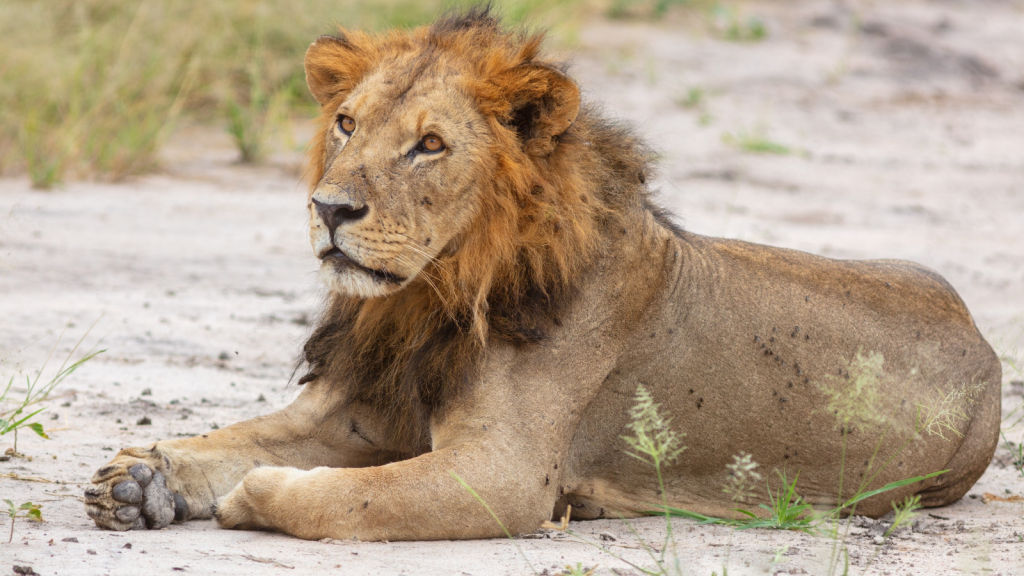
Lions are among the most well-known elephant hunters. These powerful big cats often work together in prides to bring down young or weak elephants. They target the vulnerable areas of an elephant’s body, such as the trunk and legs, to weaken their prey. While adult elephants are usually too large for lions to tackle, desperate times can lead to desperate measures. In drought-stricken areas, where prey is scarce, lions have been observed attempting to hunt even full-grown elephants.
Tigers
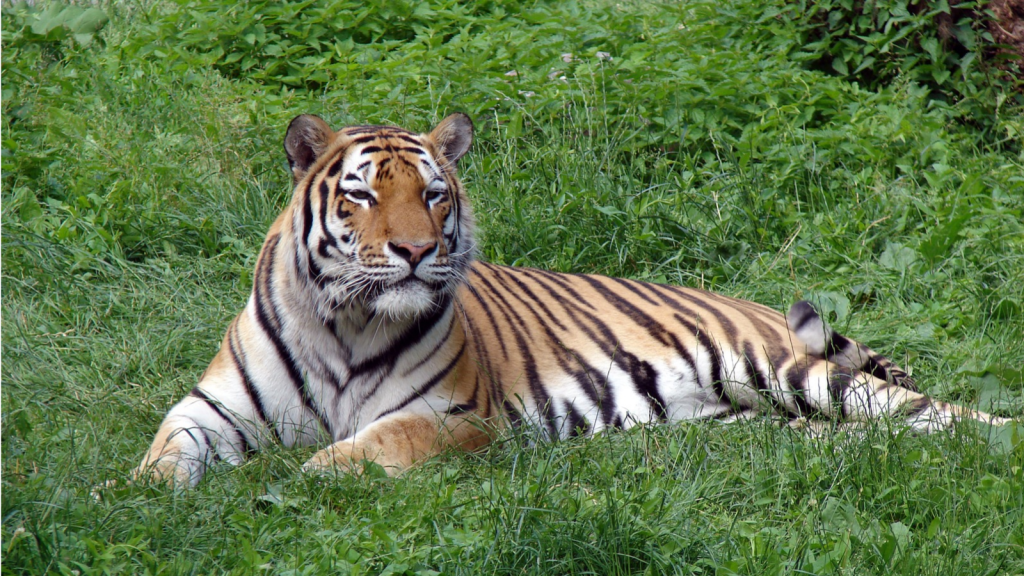
In parts of Asia where elephants and tigers share habitats, these striped predators occasionally target young elephants. Tigers are solitary hunters, using stealth and strength to their advantage. They may wait for an opportunity when a calf strays too far from its protective herd, striking quickly and decisively. Tigers have been known to drag elephant calves weighing up to 200 kg into dense vegetation, showcasing their incredible strength.
Crocodiles
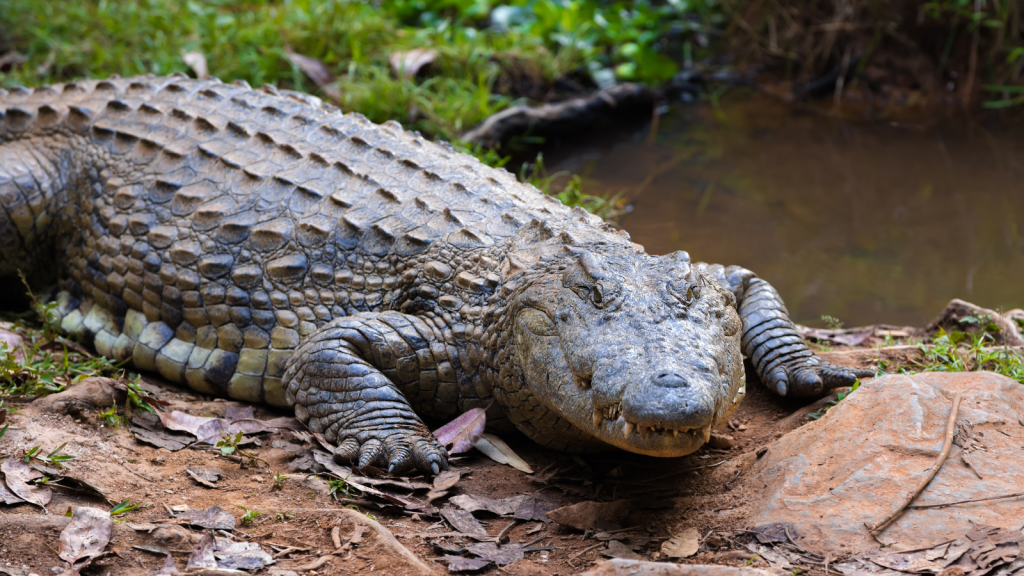
Lurking in rivers and watering holes, crocodiles pose a significant threat to elephants. These ancient reptiles can grow to enormous sizes and have incredibly powerful jaws. They often target elephant calves or adults crossing bodies of water, dragging them under and drowning them before consuming their prey. Nile crocodiles, in particular, have been observed working together to overpower and feast on young elephants.
Hyenas
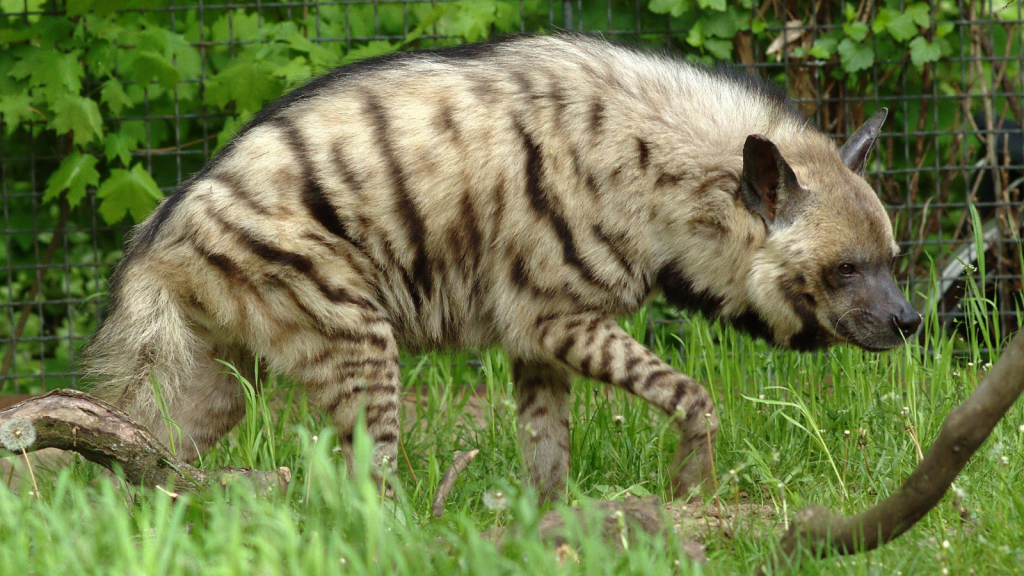
While hyenas are primarily scavengers, they can become formidable hunters when in large groups. These cunning animals have been known to target elephant calves, using their numbers to overwhelm and separate the young from their protective mothers. Their powerful jaws and relentless hunting style make them a force to be reckoned with. Hyenas have been observed following elephant herds for days, waiting for the perfect moment to strike.
African Wild Dogs
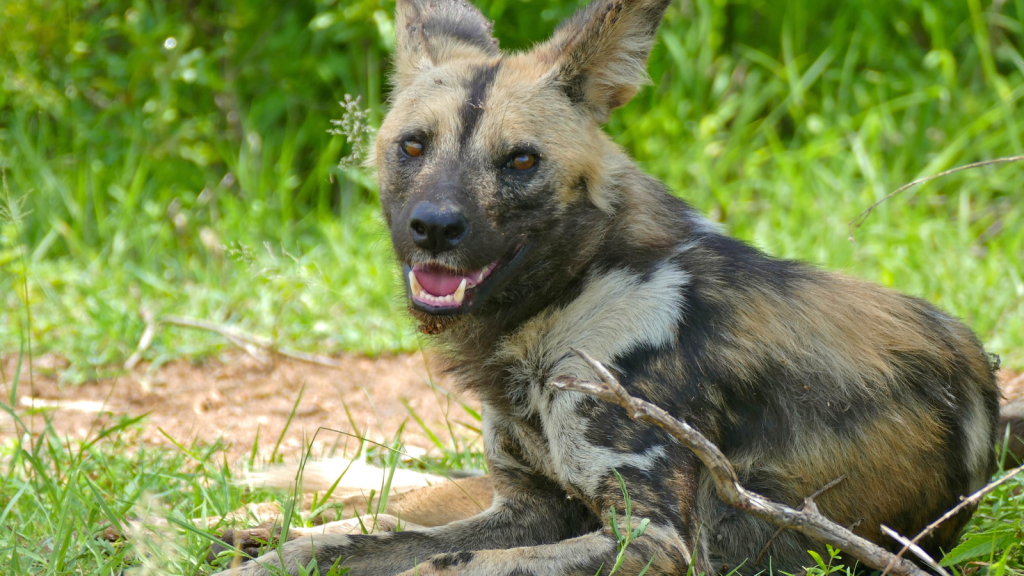
These highly social canines hunt in packs and have been observed attempting to take down young elephants. Their strategy involves wearing down their prey through persistent chasing and attacking. While they may not often succeed against healthy elephants, injured or isolated individuals can fall victim to their coordinated efforts. African wild dogs can run at speeds of up to 44 mph, allowing them to chase and exhaust their prey over long distances.
Pythons
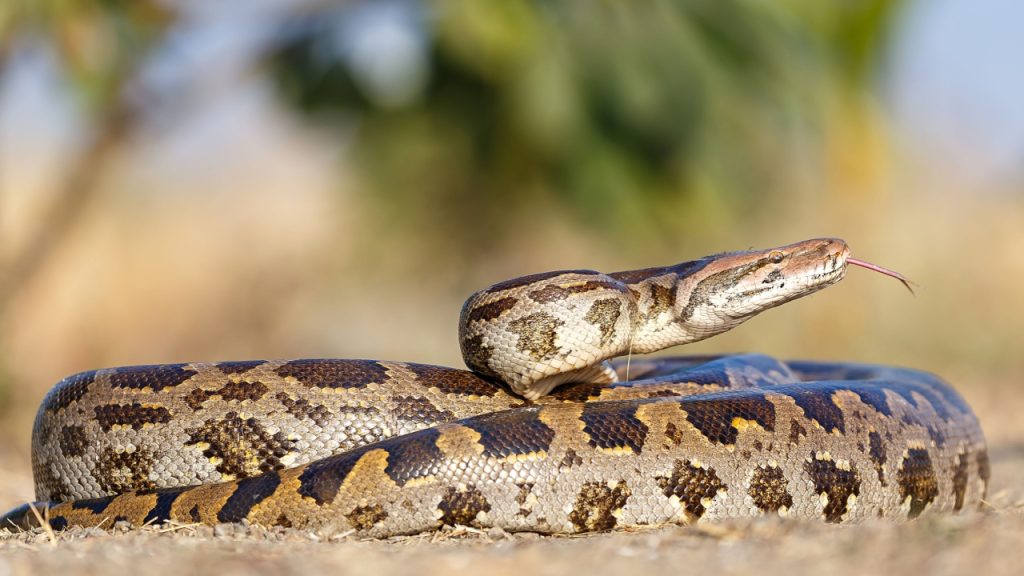
In some parts of Asia, large pythons have been known to prey on young elephants. These massive snakes use their powerful bodies to constrict their victims, slowly squeezing the life out of them. While it’s a rare occurrence, it’s a reminder of the unexpected dangers lurking in the elephant’s world. Reticulated pythons, which can grow up to 10 meters long, are the most likely species to attempt such ambitious hunts.
Humans

Perhaps the most dangerous predator of all, humans pose a significant threat to elephant populations worldwide. Poaching for ivory, habitat destruction, and human-elephant conflict have led to sharp declines in elephant numbers. Conservation efforts are crucial to protect these magnificent animals from this most formidable of foes. It’s estimated that around 20,000 African elephants are killed by poachers each year, primarily for their tusks.
Leopards
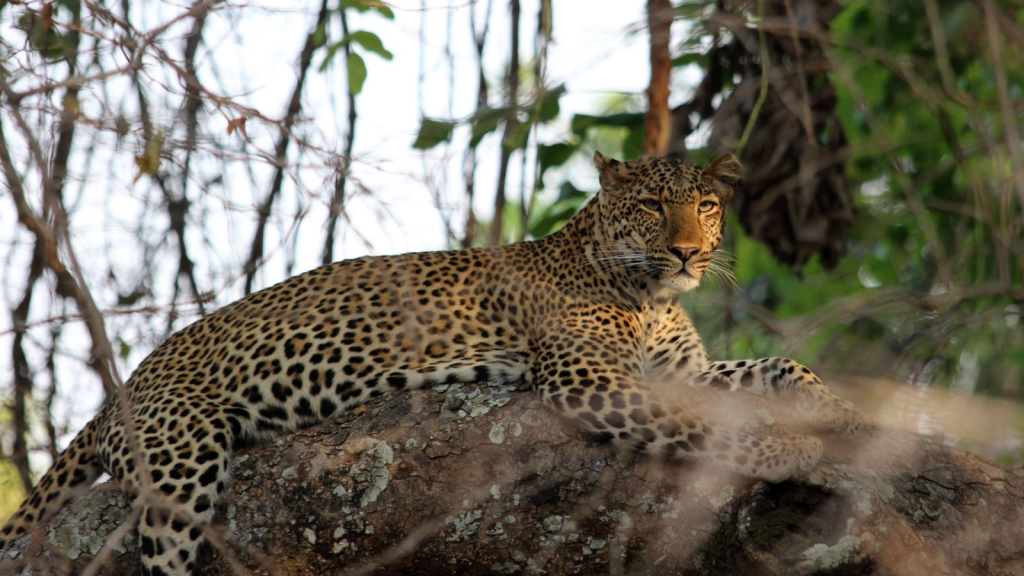
While leopards typically prey on smaller animals, they have been known to attack elephant calves in rare instances. These spotted cats are incredibly strong for their size and are excellent climbers. They may target young elephants that have wandered away from the safety of the herd. Leopards can drag prey weighing up to three times their own body weight into trees, making them formidable predators despite their relatively small size.
Bears
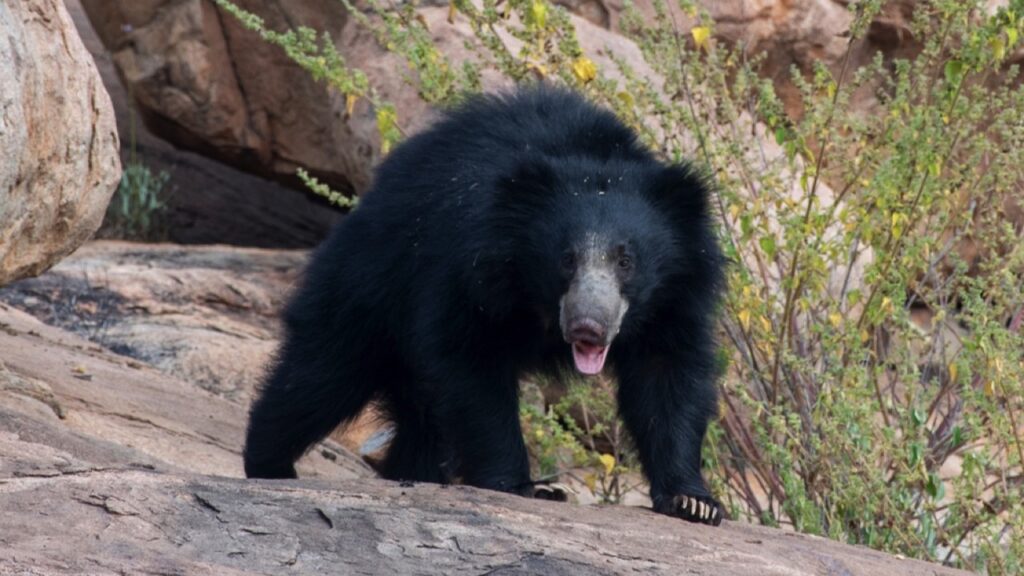
In areas where their habitats overlap, bears can pose a threat to young elephants. Species like the sloth bear in Asia have been observed attempting to prey on elephant calves. While not common, these encounters remind us of the complex relationships between different species in the wild. In some cases, bears may also compete with elephants for food sources, leading to potential conflict.
Komodo Dragons
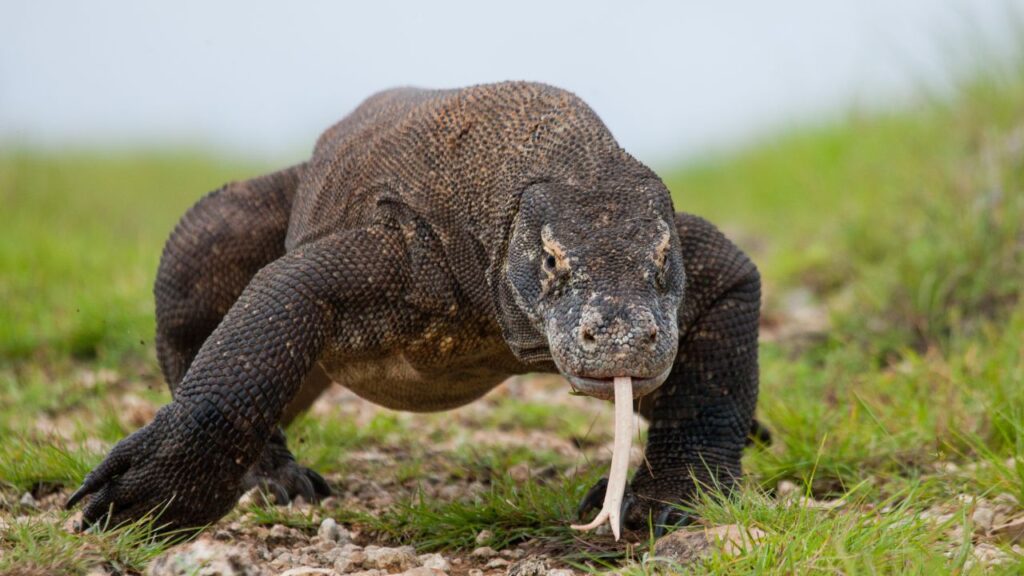
These large lizards, found in Indonesia, have occasionally been reported to attack young elephants. Komodo dragons possess a venomous bite and can take down prey much larger than themselves. While elephant predation by these reptiles is rare, it highlights the diverse range of potential threats these pachyderms face. Komodo dragons can detect carrion from up to 10 km away, making them efficient opportunistic predators.
Wolves
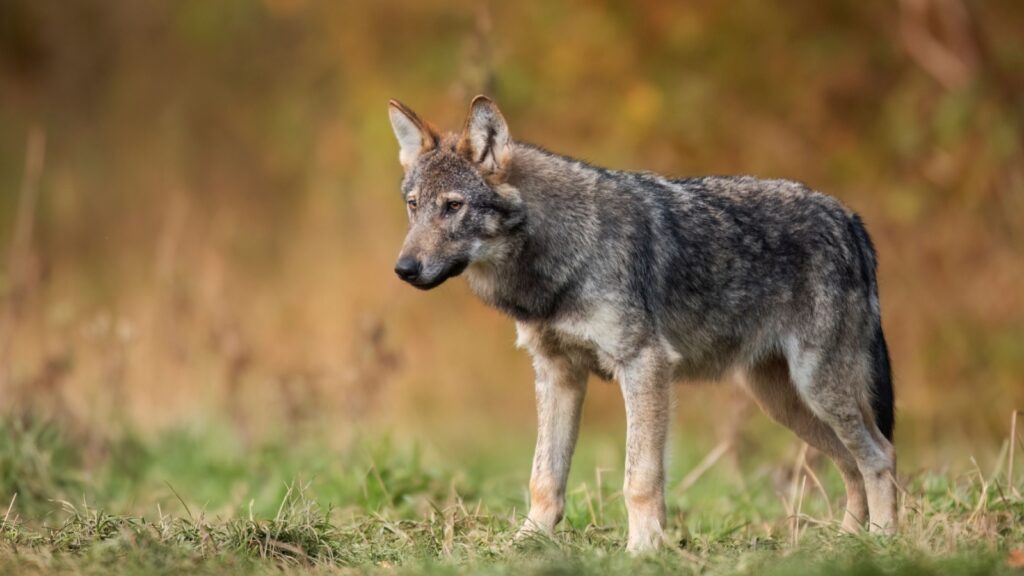
In some regions, wolf packs have been known to target young or weak elephants. These highly intelligent and social animals work together to bring down prey much larger than themselves. While elephants are not their typical choice, wolves may resort to hunting them in times of scarcity. Wolf packs have been observed using complex strategies to separate young elephants from their herds before attacking.
Disease and Parasites

While not predators in the traditional sense, various diseases and parasites can pose a significant threat to elephant populations. From anthrax outbreaks to infestations of blood-sucking flies, these invisible enemies can weaken and even kill elephants, making them more vulnerable to other predators. Elephants are particularly susceptible to certain diseases due to their long lifespans and social nature, which can facilitate the spread of infections within herds.
Becky is a fervent wildlife enthusiast and pet care expert with a diploma in canine nutrition. Her love for animals stretches beyond the domestic, embracing the wild tapestry of global fauna. With over a decade of experience in animal welfare, Becky lends her expertise to OutlandishOwl through insightful articles, captivating wildlife information, and invaluable guidance on pet nutrition. Her work embodies a deep commitment to understanding the intricate lives of animals and a passion for educating others on sustaining natural habitats. Becky's hands-on conservation efforts and her knack for translating complex dietary science into practical pet feeding tips make her an indispensable voice for creatures great and small.

